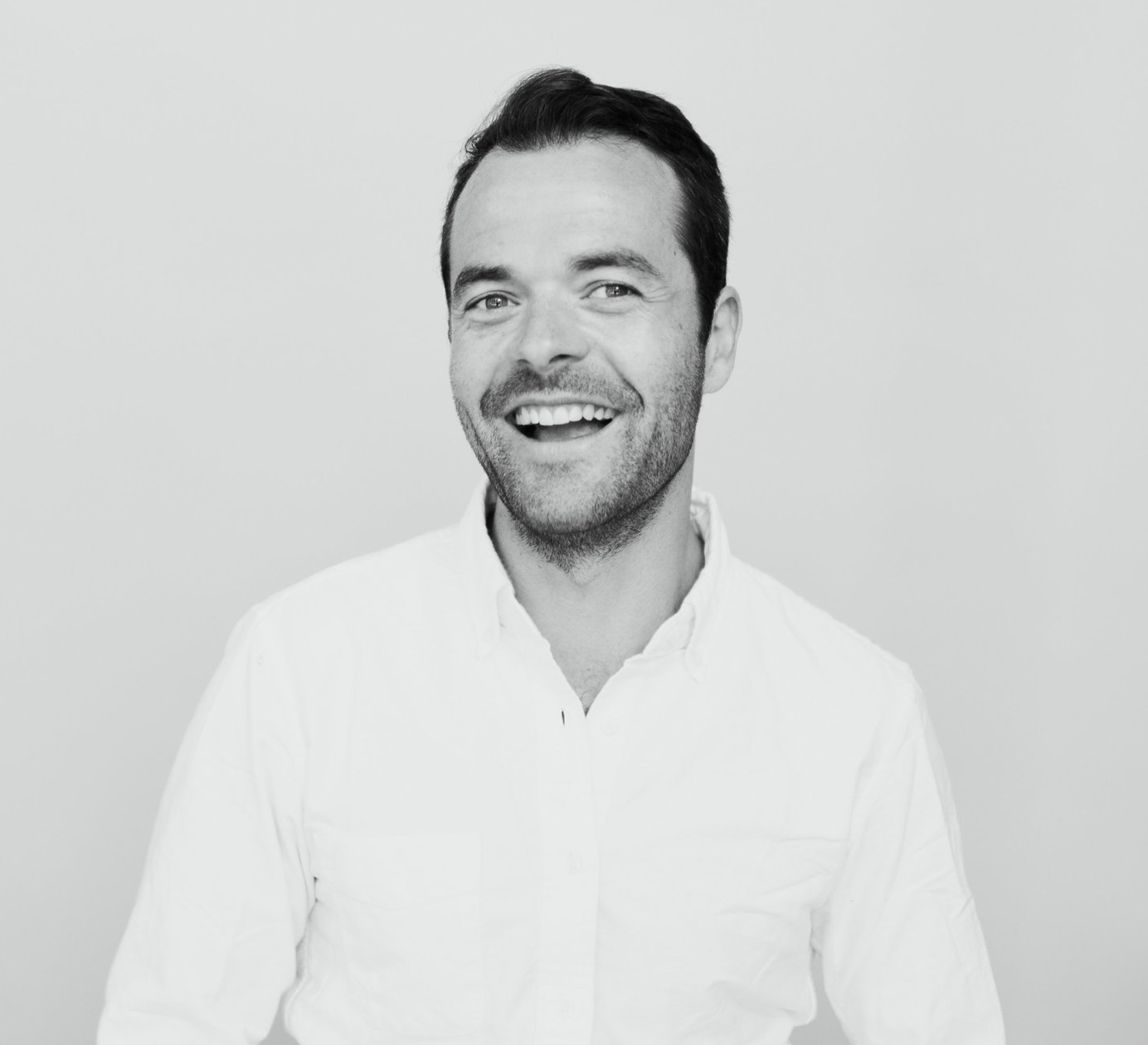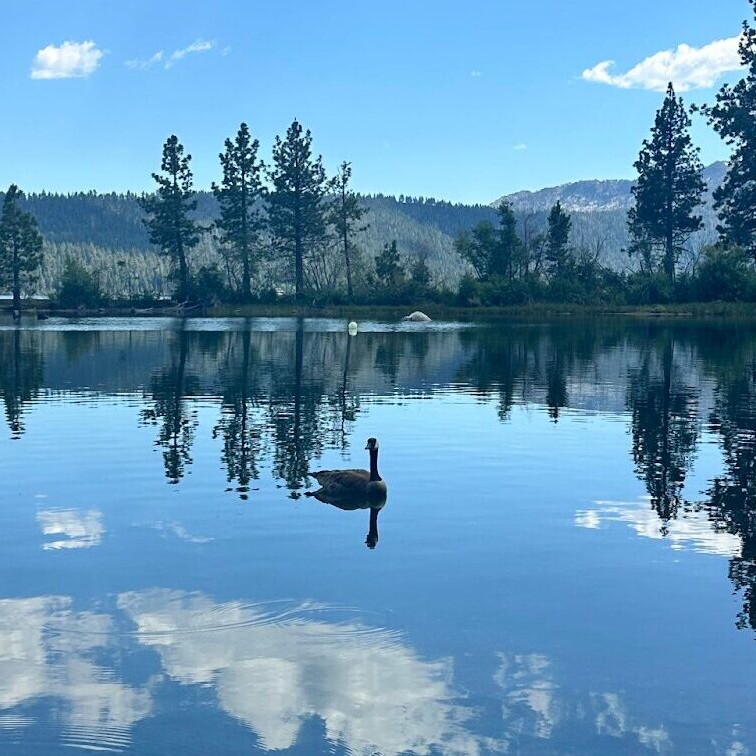Or: How do we weave thriving communities when everyone is stretched thin?
I recently was asked, what the biggest challenge is to having thriving communities. My answer? Time.
Nobody got time for deep community.
Everyone is stretched thin.
When I look at myself and at the people around me, it seems like everyone has too much going on and is maxed out. The non-stop hustle of late-stage capitalism is real. In a time of poly crisis, everything feels urgent. All the time.
Many of us are part of many different communities. We are poly tribal. We see the potential of groups, so we join many of them. But because we have little bandwidth to begin with, we can only give little to each group. We are over committed. And as a community weaver it can at times feel like I’m competing for people’s attention.
Yet deep community needs a lot of time
Everyone wants to co-create, but co-creation takes a lot of time.
These days everyone is excited to co-create. To decentralize. And I am too. But what we forget is that to co-create means that many more people put in more time. It assumes that people have bandwidth to invest more time. The reality of that is often sobering, because everyone is stretched thin.
Deep community requires intentionality.
So much of good community weaving boils down to being intentional. But it takes time to be inclusive, to create a nourishing and inviting environment, to listen deeply and to make sense of the constantly evolving group. For example, when organizing gatherings, deep community requires paying attention to details, extending a thoughtful and personal invitation, co-creating the agenda already before the gathering with participants, leaving hand-written notes for every guest, making sure every member is cared for, proactively inviting people into taking roles at the gathering, surfacing what really emerged in the gathering before initiating next steps.
Deep community requires a different type of leadership that takes a looot of time.
Relational leadership takes soooo much more time than command-and-control type of leadership: it requires deep listening and many 1:1 conversations, caring for people when they are not doing well, connecting them to each other, reflecting and surfacing what is becoming clear, paying attention to everyone in the room, holding space for tensions in the group, always uplifting others around ourselves…
While it takes more time, ironically we often don’t value the time of the people who are putting a lot into the group. Either they are volunteering their time and we take it for granted. Or we think of this work as less valuable and we underpay leaders. As a result, so many community weavers burn out.
So what to do?
Can we still weave meaningful communities within the limitations of a society that has no time to go deep? I think so.
1. Rhythm and Patience
Communities suck at getting anything done in the short-term. But they are magical in the long — term. Plus, communities thrive with a regular, consistent heartbeat. We can create a steady rhythm of activities where we do a little bit, very regularly, stretched over a long period of time.
2. Remove the guilt
So many community members feel guilty for not participating more actively. We can speak to that and make it ok for people to show up in whatever ways feels easeful for them.
3. Provide pathways for people to get involved
We can provide simple recommendations and invitations for the people who do have time to get involved. This can be as simple as a list of easy, medium and big ways to get involved.
4. Take good care of our community leaders
Co-creation is important. But most things in community still get done by a few highly committed people who put in a lot more time than everyone else. We have to learn to take care of them, to express gratitude for their work, to resource them.
5. Pay attention to people’s energy
The longer I’m doing community work, the more I’m paying attention to people’s energy. People might not have time, but if the group gives them energy, they will be present. So our role as community weaver becomes about noticing: What is giving people energy? What is taking their energy? And how can we help them manifest it? [Related: relationships are by far people’s most sustainable source of energy (but def not the only one)].
How does this all resonate with you? How do you weave community when everyone is stretched thin?

Fabian Pfortmüller has co-founded several purpose-driven communities. He is the co-author of the Community Canvas, an open-source community building framework, and a co-creator of the Wasan Network. Previously, Fabian was an Innovator in Residence with the Kauffman Foundation, co-founder of Sandbox, a global community of young change makers, and co-founder of the mindfulness brand Holstee. originally published in Together Institute, featured image by Icons8 Team
Network Weaver is dedicated to offering free content to all – in support of equity, justice and transformation for all.
We appreciate your support!



